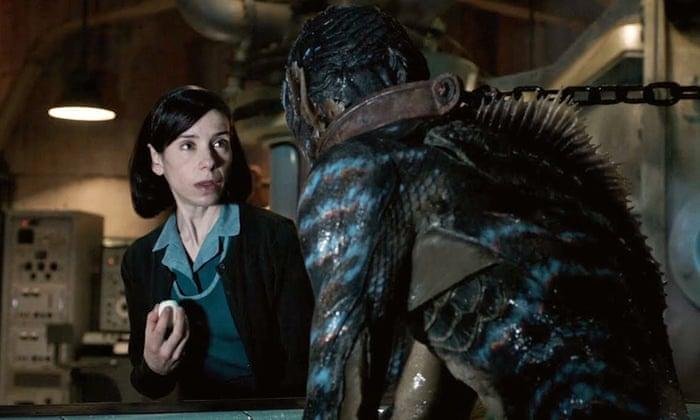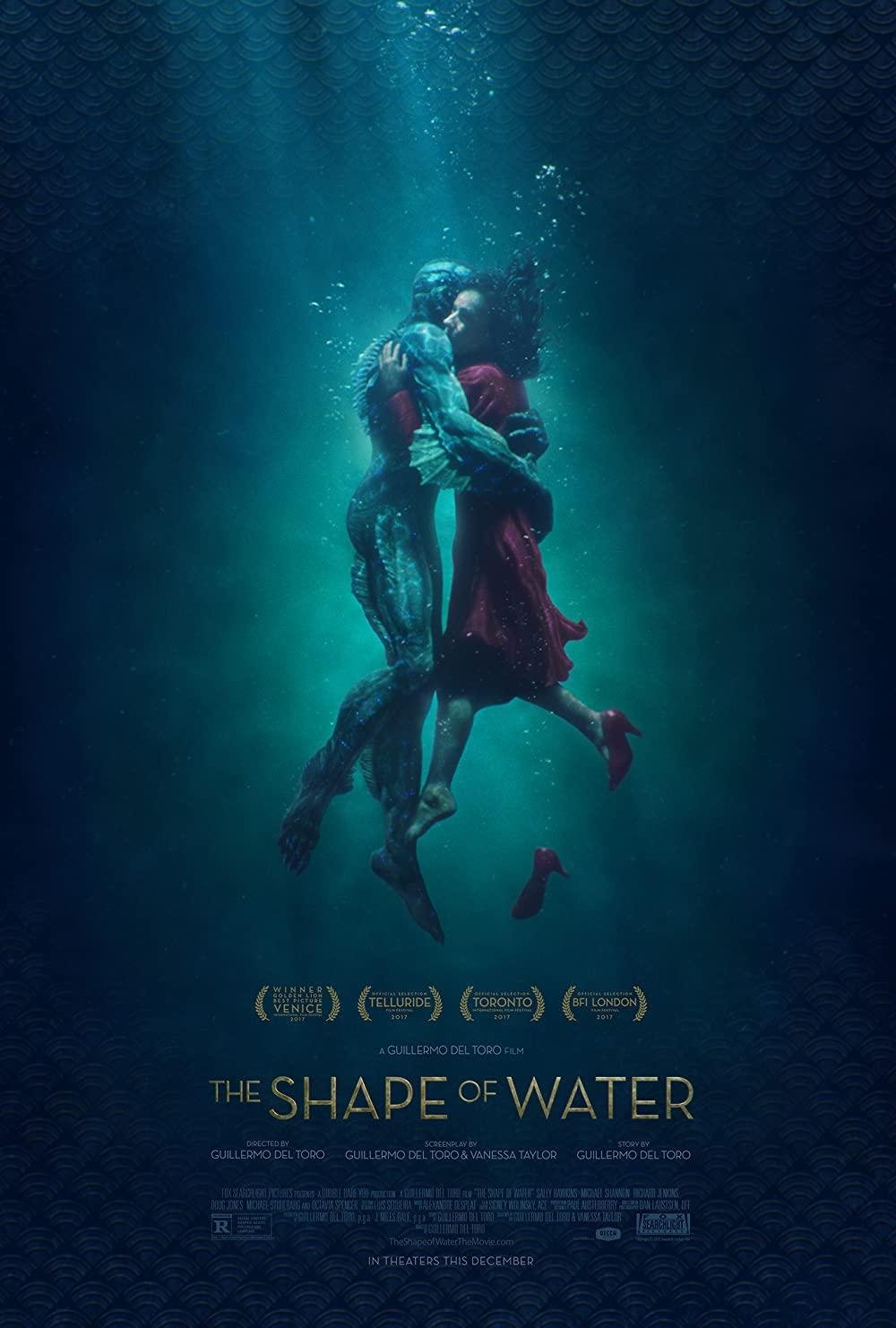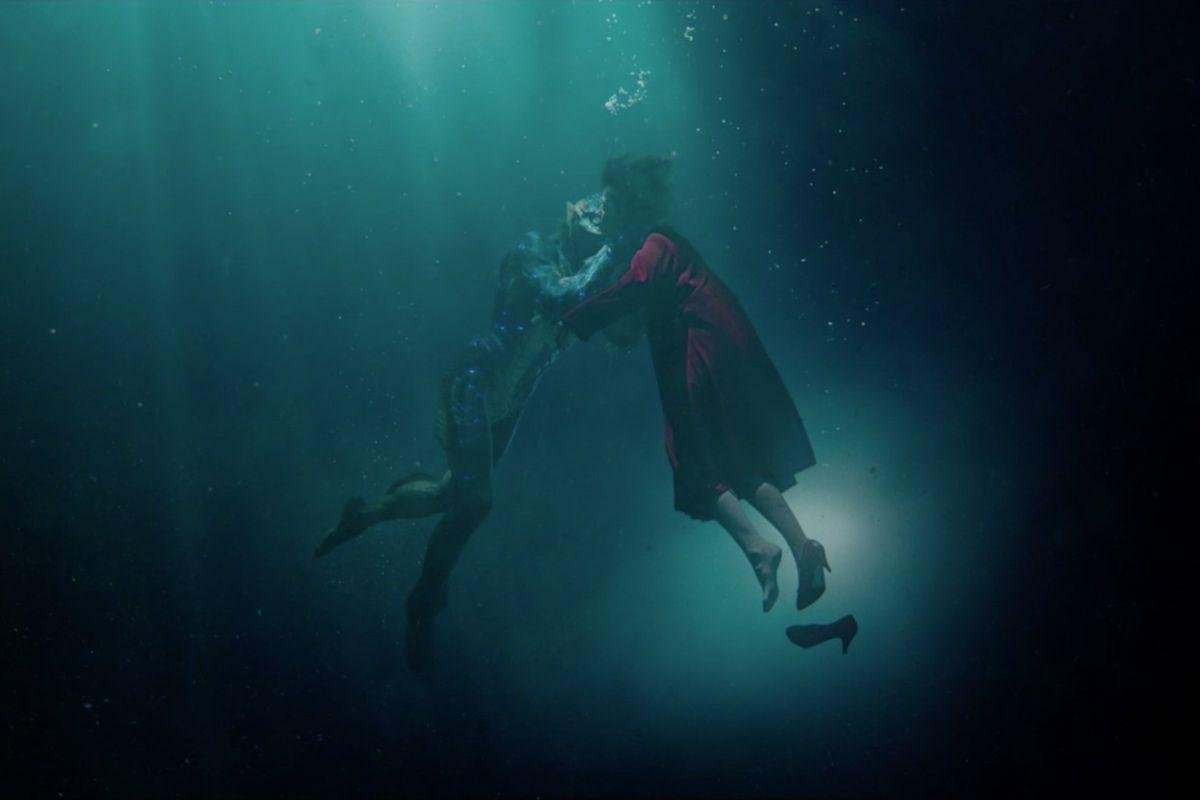Exploring the Beauty and Depth of Guillermo del Toro’s ‘The Shape of Water’
Guillermo del Toro’s “The Shape of Water” is a visually stunning film that swept the 2018 Oscars with four wins, including Best Picture. The film tells a unique story of love, acceptance, and understanding, centered around a mute janitor and an amphibious creature. However, “The Shape of Water” is much more than a simple fairy tale. In this article, we will explore the beauty and depth of this critically acclaimed film, analyzing its visual style, characters, themes, and symbolism. Get ready to dive deep into the enchanting world of “The Shape of Water”.
Guillermo del Toro’s “The Shape of Water” is a visually stunning film that swept the 2018 Oscars with four wins, including Best Picture. The film tells a unique story of love, acceptance, and understanding, centered around a mute janitor and an amphibious creature. However, “The Shape of Water” is much more than a simple fairy tale. In this article, we will explore the beauty and depth of this critically acclaimed film, analyzing its visual style, characters, themes, and symbolism. Get ready to dive deep into the enchanting world of “The Shape of Water”.

Introduction to the film
Are you ready to dive into the depths of Guillermo del Toro’s latest masterpiece, “The Shape of Water”? This movie is a beautiful and intriguing tale that explores the boundaries of love and acceptance. Set in the Cold War era, it follows the journey of a mute woman named Elisa who falls in love with a mysterious amphibious creature that is being held captive in a government facility. This film is a visual and emotional feast that will leave you mesmerized from beginning to end. So grab your popcorn and get ready to immerse yourself into the world of “The Shape of Water”!
Overview of the plot
“The Shape of Water” is a 2017 film directed by Guillermo del Toro, which tells the story of a mute cleaner named Elisa who works in a government laboratory in the 1960s. One day, Elisa discovers a humanoid amphibian creature being held captive in the lab, and she soon develops a unique bond with it. As Elisa attempts to free the creature from the clutches of the laboratory’s authorities, she finds herself embroiled in a dangerous and thrilling adventure. This film explores themes of love, acceptance, and the importance of standing up for what is right, making it a must-see for any cinema, movies and actors enthusiasts.
Analysis of the main characters
The Shape of Water is a beautiful and captivating film that explores the relationship between a mute woman and a mysterious aquatic creature. The main characters are impeccably portrayed by Sally Hawkins and Doug Jones, who bring to life the complexities and nuances of their unique relationship. Hawkins’ character, Elisa, is a gentle and empathetic woman who forms a deep connection with the creature, while Jones‘ portrayal of the creature is both fascinating and heartbreaking, leaving viewers with a sense of awe and wonder. Through their performances, the film explores themes of love, acceptance, and the power of communication, making it a must-see for any cinema, movies and actors enthusiast.

Use of symbolism and motifs
In Guillermo del Toro’s “The Shape of Water,” the use of symbolism and motifs are prevalent throughout the film. The color green, for example, is a recurring motif that represents the themes of growth, change, and transformation. Additionally, water is a powerful symbol that represents emotions and the fluidity of life. The use of these symbols and motifs, along with the film’s stunning visuals and mesmerizing performances, create a cinematic experience that is both thought-provoking and visually stunning. Del Toro’s masterful use of symbolism and motifs elevates “The Shape of Water” beyond a mere love story, making it a profound and unforgettable cinematic masterpiece.
Cinematography and visual effects
The Shape of Water, directed by Guillermo del Toro, is a marvel of cinematography and visual effects. The film’s stunning imagery and fantastical elements create a mesmerizing experience for the audience. The use of dark, rich colors and intricate set design perfectly captures the film’s 1960s setting and adds to the overall mood of the story. The seamless integration of visual effects, particularly in bringing the amphibian creature to life, is a testament to the incredible talent of the film’s special effects team. The Shape of Water is a prime example of how cinematography and visual effects can enhance a film’s storytelling and transport the audience to another world.
Soundtrack and musical score
The Shape of Water, directed by Guillermo del Toro, featured a beautiful and captivating soundtrack and musical score. Composed by Alexandre Desplat, the score perfectly captured the romantic and fantastical nature of the film. The use of the piano and violin added an elegant touch to the movie, while also highlighting the emotional depth of the characters. The soundtrack, featuring classic songs such as La Javanaise by Serge Gainsbourg and Chica Chica Boom Chic by Carmen Miranda, transported the audience to the 1960s setting and added to the film’s overall charm. Desplat’s score and the soundtrack were both integral components in enhancing the cinematic experience of The Shape of Water.

Themes of love, acceptance, and discrimination
“The Shape of Water” is a movie that explores several themes, including love, acceptance, and discrimination. The main character, Elisa, falls in love with an amphibious creature and shows us that love knows no boundaries. The film also highlights the importance of accepting those who are different from us, as Elisa faces discrimination for her disabilities and her relationship with the creature. Additionally, the movie touches on issues of discrimination against Russian immigrants and African Americans during the Cold War era. Overall, “The Shape of Water” is a beautiful and thought-provoking film that reminds us to be more accepting and open-minded towards others.
Historical and cultural context
Before delving into the analysis of “The Shape of Water,” it is essential to understand the historical and cultural context of the film. Set in the early 1960s, the movie takes place during the height of the Cold War, a time of political tension and fear of nuclear war. Additionally, the film explores themes of racism, sexuality, and disability, reflecting the societal struggles of the time. These elements are also paralleled in the film’s portrayal of the monstrous creature and its relationship with the human characters, highlighting the fear and discrimination towards the unknown and different. Understanding these historical and cultural influences adds depth to the film’s message and enhances its impact on the audience.
Social and political commentary
The Shape of Water is a remarkable film that not only examines the human condition and the nature of love, but also offers a poignant commentary on social and political issues. From the portrayal of the Cold War-era paranoia to the representation of marginalized groups, this movie skillfully touches on themes that remain relevant today. Director Guillermo del Toro masterfully uses the supernatural elements of the story to highlight the harsh reality of the era in which the movie is set. The film’s exploration of the themes of acceptance, discrimination, and oppression is a reflection of the current societal issues that we still face. Overall, The Shape of Water is a compelling film that not only entertains but also makes us think deeply about the world we live in.
Conclusion and final thoughts
In conclusion, “The Shape of Water” is a beautifully crafted film that tells a unique love story between a mute woman and an amphibious creature. The film’s message about the power of love and empathy is both touching and thought-provoking. Director Guillermo del Toro’s attention to detail and the incredible performances by the cast make this a must-see movie for any cinema lover. Overall, “The Shape of Water” is a masterpiece that showcases the magic of cinema and its ability to transport us to different worlds and evoke a range of emotions.
For more information about The Shape of Water film analysis, including movie details, cast information, etc..
check out the filmaffinity page.



